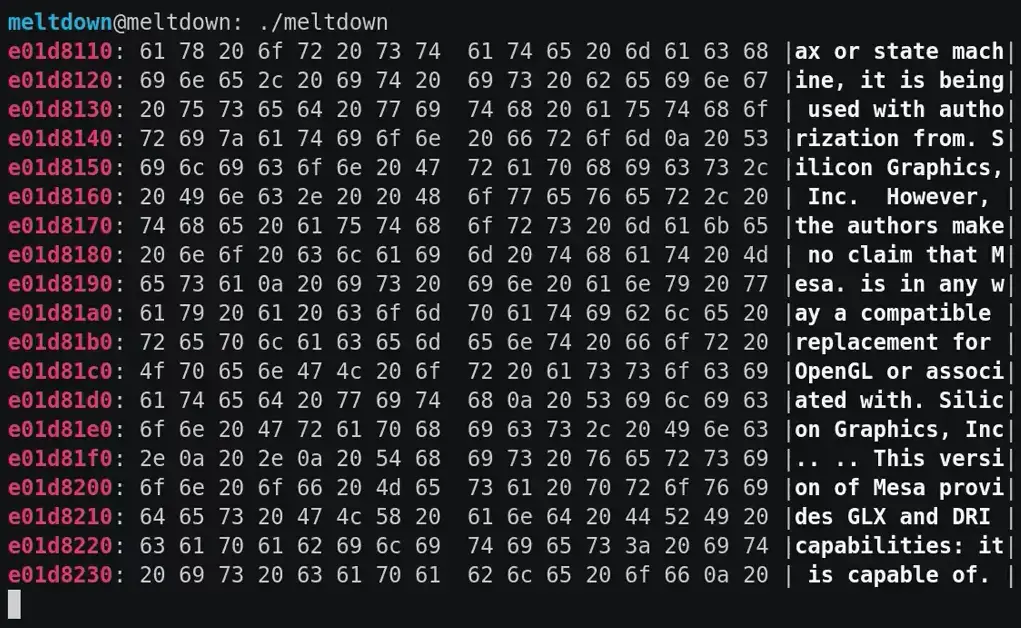There is so much information available to prospective cloud adopters: free trials, demos and campaigns seem relentless. The mere pace of change complicates our ability to choose the correct approach, method and timing for adopting the cloud.
We regularly tackle interesting infrastructure setup design requirements for medium-sized companies. Because of some spectacular marketing efforts of various cloud providers, these companies are led to believe they can easily leverage enterprise level cloud-based service solutions with their medium sized IT budget. Based on this hyped marketing, these businesses are given promises of future cost savings, and sometimes an inflated hope that their company will continue to gain efficiencies.
It’s not that what the marketers are saying is false; it's just not as true when you can’t leverage them on the massive enterprise scale they are truly intended for.
Allow me to share my insider's view around how existing SMEs, who have already invested in IT infrastructure, really need to approach using the cloud wisely; by not writing their existing resources off too quickly and remembering that having all existing systems lifted and shifted is probably not the savvy way to go.
Let’s look at hybrid approaches vs Infrastructure/Platform/Software as a Service (aaS). While seemingly less impressive, hybrid approaches are often more effective when considering the best IT system configurations for unique medium sized budgets. For the context of this blog, hybrid systems mean integrating your internally hosted physical/virtual systems with a third party hosted solution.
My observations here are designed to help existing SMEs, and remind everyone that fully cloud-based doesn’t mean it’s magically perfect just because of where the hardware resides; remember that there is always a server somewhere and to ask yourself “what is my business really gaining” from changing things. A moderate approach may make better sense than a complete overhaul.
Fully hosted cloud systems certainly have their place though, and the ability to easily scale or remove resources for any part of your system can become invaluable; when used correctly this agility and potential for cost savings can be incredible.
Where most SMEs find themselves
A common scenario for an SME to find themselves in is one where their IT systems are already subtly hybridised. They’re very likely leveraging internally provisioned hypervisor based systems, and at least some level of SaaS-like hosted mail or backups. They have thus far consolidated their hardware and moved the biggest pain point items to the cloud.
Many companies have already evolved this way due to the quite obvious cost savings presented and the maturity of those options.
This basic hybrid implementation soon becomes the comfortable norm and another round of budgets and hardware refreshes soon need to be addressed. This is where choices become far more difficult as you have technically been using a cloud model for a while, so the natural conclusion may be to use the cloud model more and look at running additional aaS, rather than refreshing systems on premise.
These thoughts are completely logical and you start to consider a new, exciting and magical system in the cloud. Calculations are made and the viability is assessed, cost savings and performance increases predicted by provided toolsets look promising, and a project is approved.
Harder than it looks
It is most likely that a couple of months pass, teething problems are overcome and the bills have started arriving. You begin to recalibrate your expectations and you are officially tired of riding the Gartner “hype cycle” as it is likely that not all of your expectations have been met or were easy to achieve.
Remember change is expensive, so based on my experience, only change where necessary and be wary of changing to aaS that hasn’t plateaued, be aware of your options so that you don't get left behind and can objectively identify opportunities that actually improve your systems.
Fully hosted cloud systems certainly have their place, when used correctly they enable agility and cost saving, the message here is timing and delivery needs to make business sense.
Do your research, for objective recommendations, seek the advice of infrastructure specialists who have experience in designing hybrid systems and also implementing complete cloud systems. Having a trusted advisor goes a long way in getting value from the system configurations eventually chosen, ensuring you maximise your IT investment.
Don’t underestimate how quickly hosted systems can become costlier than expected. Having cost monitoring and optimisation tools in place from day one is especially important for SMEs.
I will leave you with this thought, the proverbial saying “Waste not, want not” is just as relevant within our modern IT world as it is with any resource at any time in history.
Get in touch if you’d like to discuss a way of doing things to get your business ahead.













